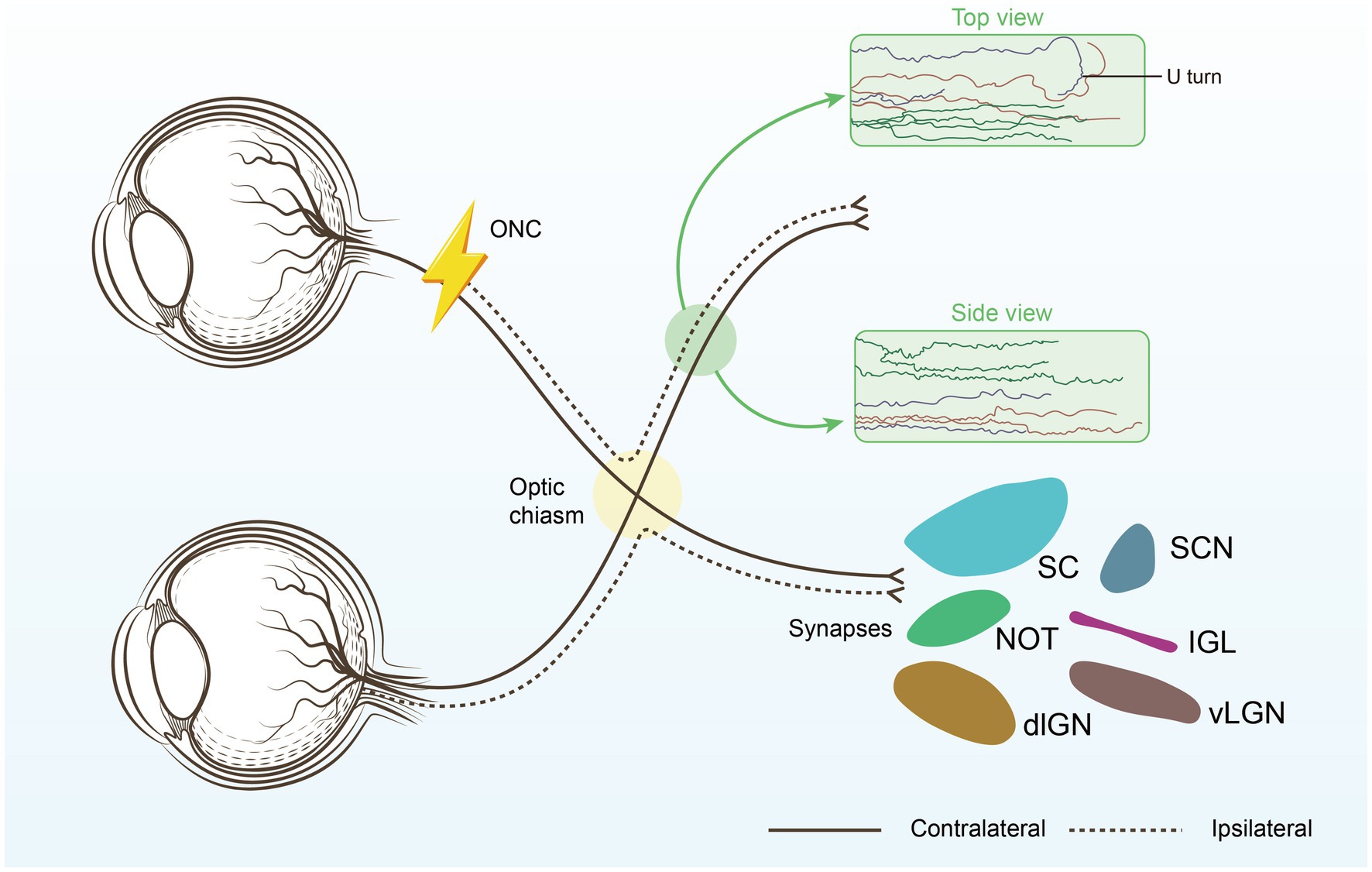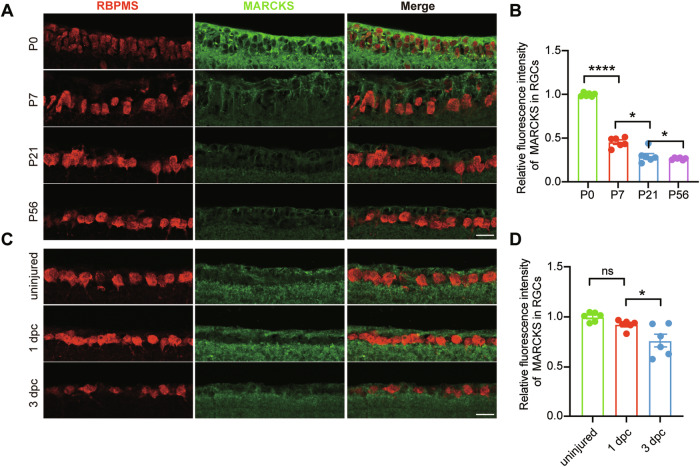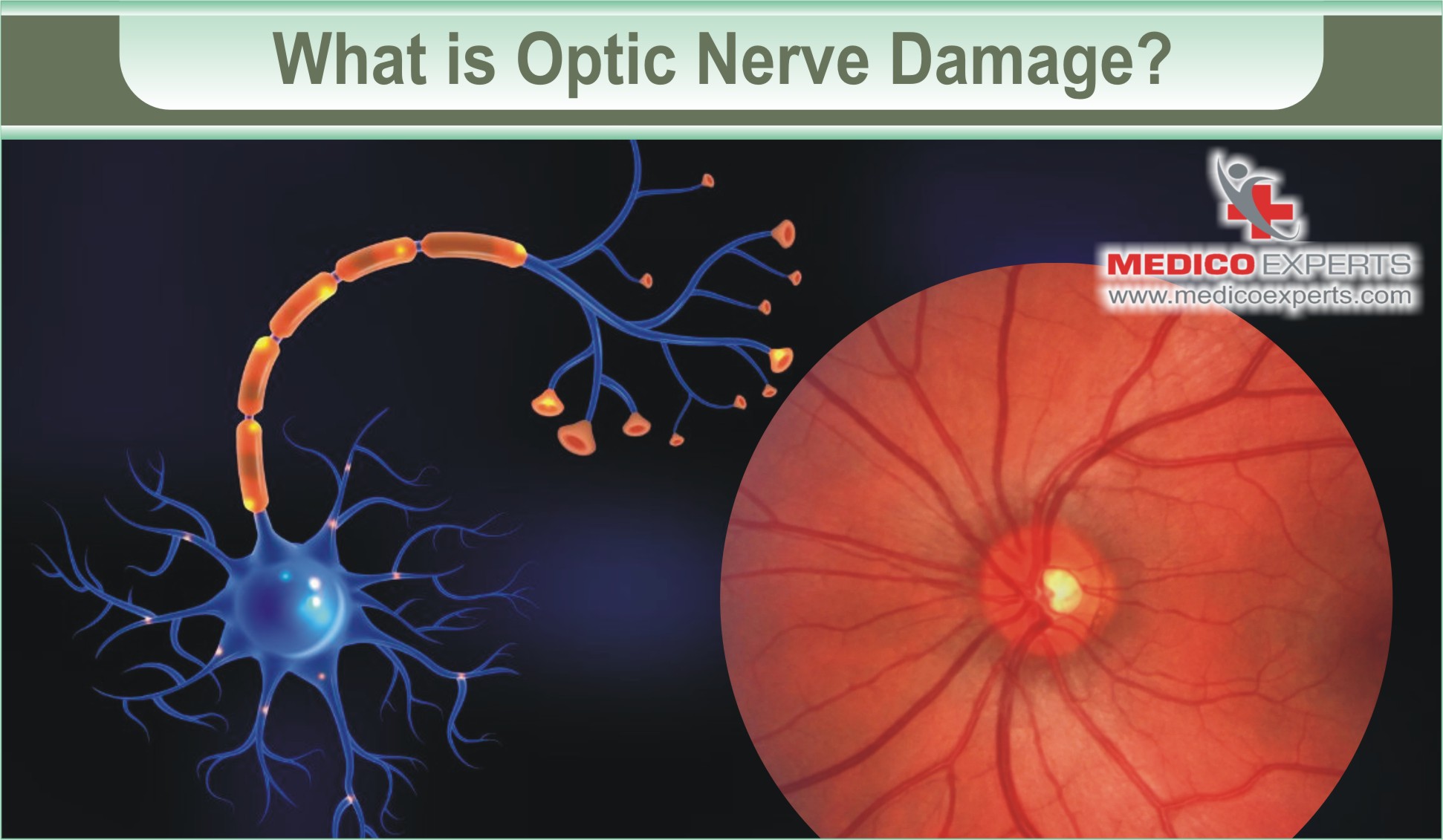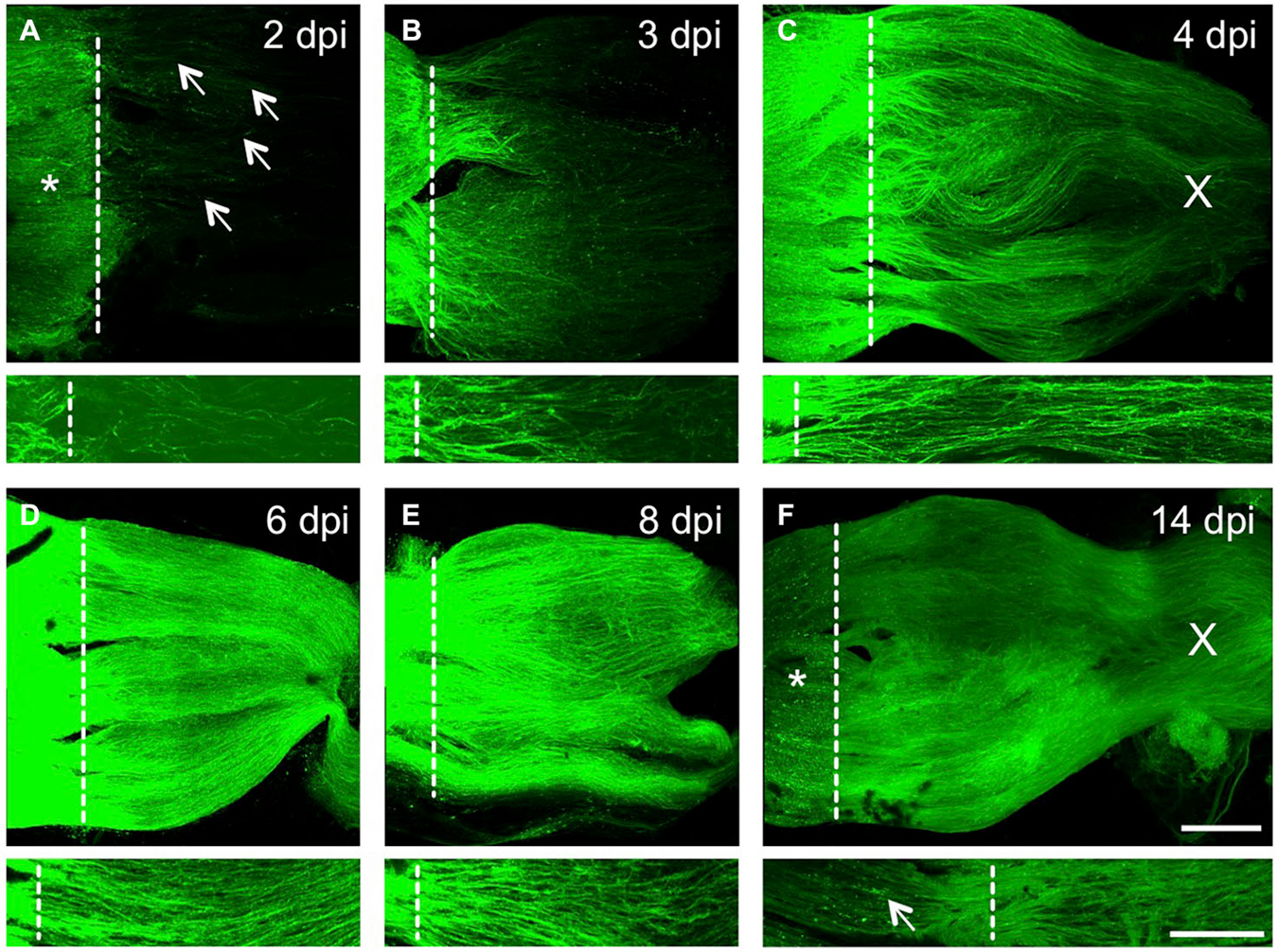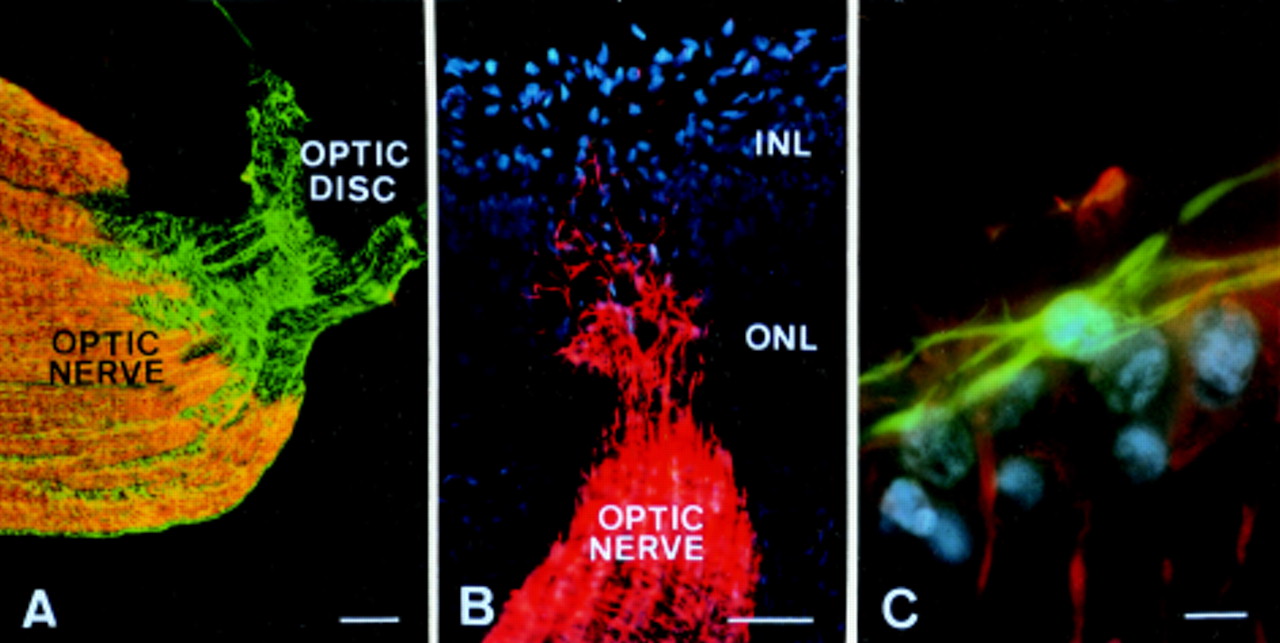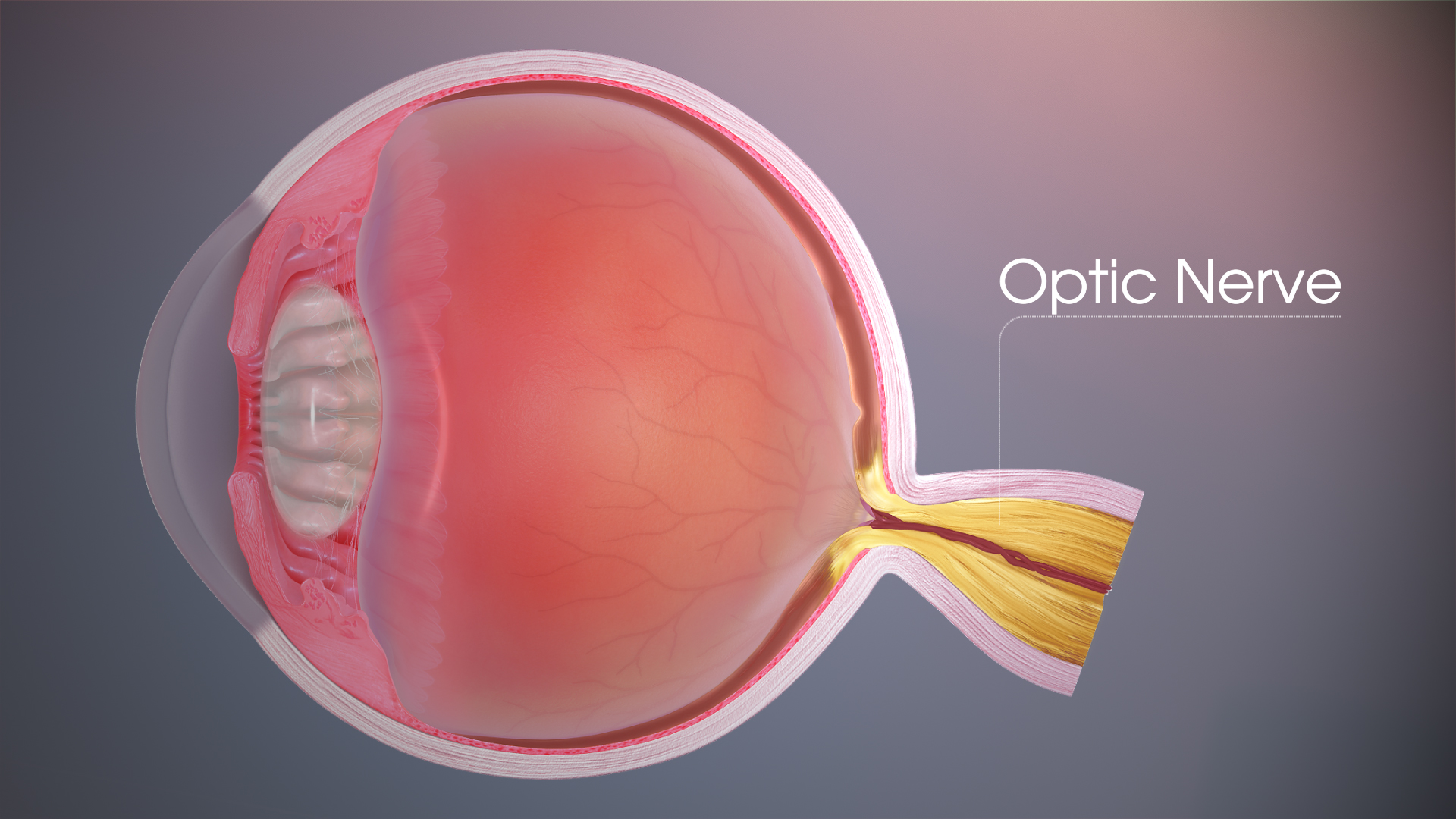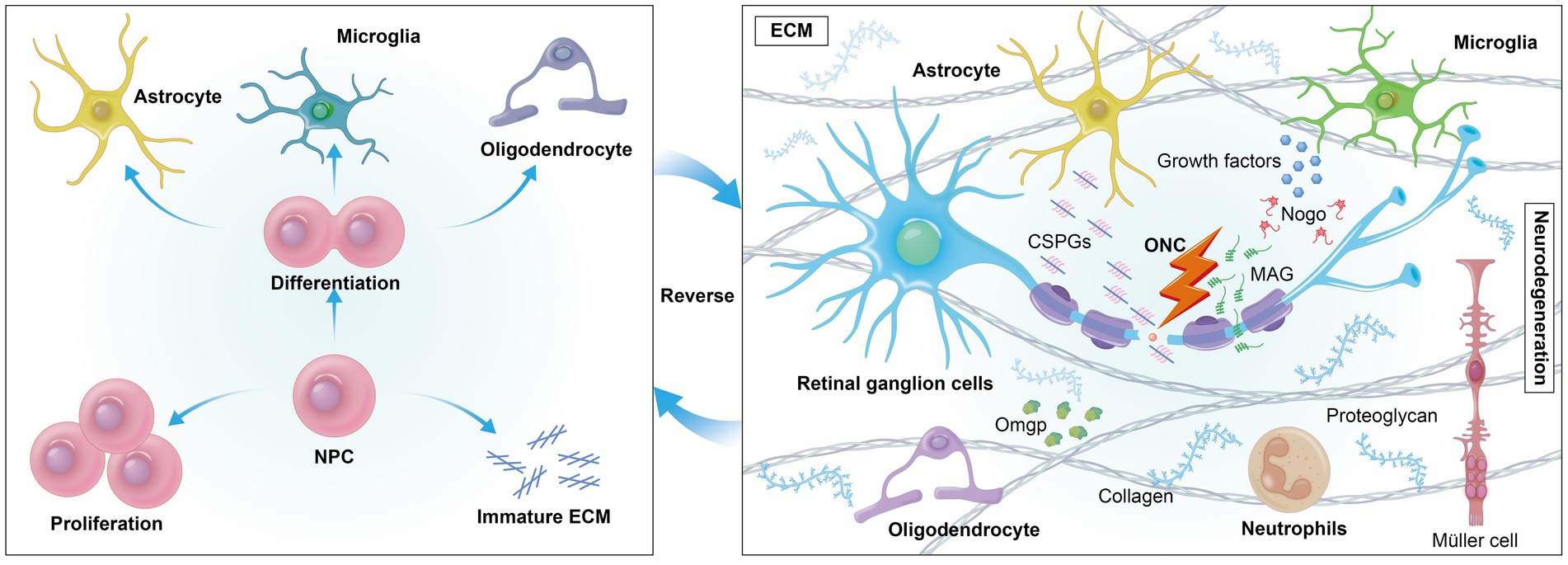Optic Nerve Regeneration Clinical Trials 2024

Hope is on the horizon for millions suffering from vision loss due to optic nerve damage, as several clinical trials investigating novel regeneration therapies are underway in 2024. These trials represent a critical step forward in addressing conditions like glaucoma, traumatic optic neuropathy, and optic neuritis, all of which can lead to irreversible blindness.
The trials focus on repairing or replacing damaged optic nerve fibers, which transmit visual information from the eye to the brain. Researchers are exploring a range of approaches, including gene therapy, stem cell transplantation, and the use of neuroprotective agents.
The Quest to Restore Sight: Clinical Trials in Focus
At the core of these 2024 clinical trials is the desire to overcome the long-held belief that the adult mammalian optic nerve cannot regenerate. The optic nerve, once damaged, typically does not spontaneously repair itself, leading to permanent vision loss.
Several research institutions and pharmaceutical companies are spearheading these efforts. Novartis, for instance, is currently involved in trials assessing the efficacy of specific gene therapies designed to promote neuronal survival and axon regeneration.
Similarly, the University of Cambridge is exploring stem cell-based therapies, aiming to replace damaged retinal ganglion cells (RGCs) – the neurons that make up the optic nerve – with healthy, functioning cells.
Key Therapeutic Approaches
Gene therapy approaches often involve delivering specific genes into the retinal cells via viral vectors. These genes can encode for growth factors or proteins that inhibit the natural inhibitors of axon regeneration.
Stem cell transplantation aims to replace the damaged RGCs. These therapies often involve using induced pluripotent stem cells (iPSCs) to generate new RGCs, which are then transplanted into the eye.
Neuroprotective agents focus on preventing further damage to the optic nerve and promoting the survival of existing RGCs. This can include the use of anti-inflammatory drugs or antioxidants.
Trial Locations and Participants
These clinical trials are being conducted at various locations around the globe, including the United States, Europe, and Asia. Each trial has specific inclusion and exclusion criteria for participants.
Eligibility often depends on the cause and severity of optic nerve damage, as well as the patient's overall health. Researchers are carefully selecting participants to ensure the integrity and validity of the trial results.
Recruitment is often challenging, as potential participants must meet very specific medical profiles. Detailed information about trial locations and eligibility requirements can typically be found on clinicaltrials.gov.
Ethical Considerations and Challenges
Optic nerve regeneration trials raise several ethical considerations. Ensuring patient safety is paramount, as some of these therapies are still experimental and carry potential risks.
Careful monitoring of patients throughout the trials is essential to detect any adverse effects. Transparency about the potential risks and benefits is critical during the informed consent process.
Another challenge is the complexity of the optic nerve and the visual pathway. Successfully regenerating axons is only one part of the puzzle. These regenerated axons need to make the correct connections in the brain to restore functional vision.
"The complexity of the visual system presents a significant hurdle, but the potential reward of restoring sight to those who have lost it is driving significant innovation," says Dr. Emily Carter, a leading researcher in neuro-ophthalmology at Johns Hopkins University.
Potential Impact and Future Directions
If successful, these clinical trials could revolutionize the treatment of optic nerve damage. For patients with glaucoma, traumatic optic neuropathy, or optic neuritis, these therapies could offer a chance to regain lost vision and improve their quality of life.
Even partial restoration of vision can have a profound impact on a patient's ability to perform daily tasks, maintain independence, and experience the world around them. The successful regeneration of even a small percentage of optic nerve fibers could significantly improve visual function.
The data gathered from these 2024 trials will be crucial for guiding future research and development. Learning from both successes and failures will help refine these therapeutic approaches and pave the way for more effective treatments.
The ongoing clinical trials signal a new era in vision research, offering a glimmer of hope for millions affected by optic nerve damage. While challenges remain, the commitment and innovation displayed by researchers are driving the field closer to a future where vision loss is no longer an irreversible condition.
